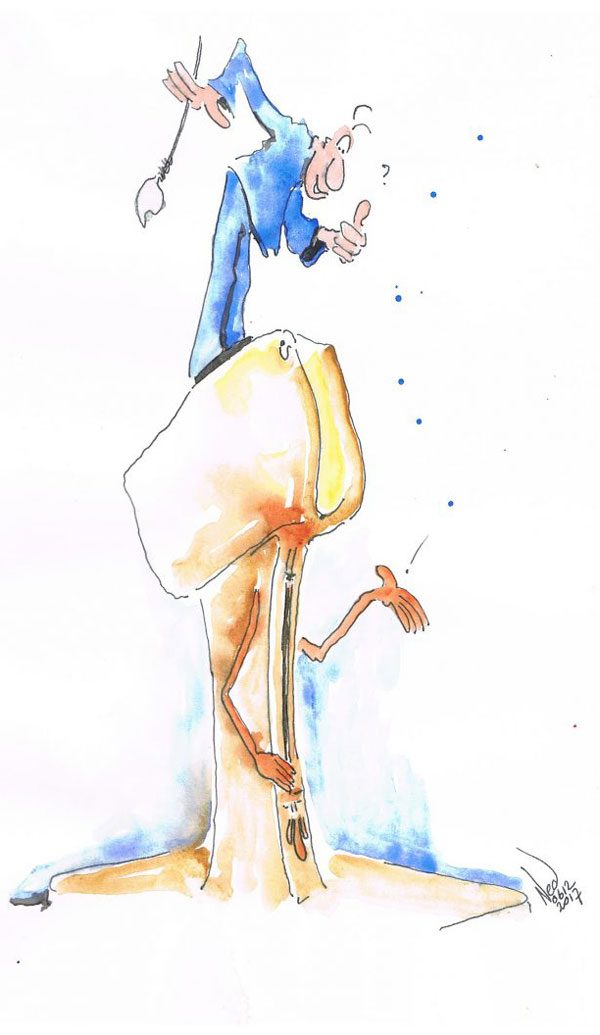5G, is it safe? by Ian R Crane
As Ian says, when asked about 5G, Health Minister and my MP Matt Hancock answers as if reading a script from Yes Minister! He is a classic example of a mouth piece offering up statements without commitment; indeed, it is his specialty.
“A considerable amount of research has been carried out on radio waves and we anticipate no negative effects on public health. ”
Matt Penis Head Handycock 16 October 2018
This quote is from 30 mins 30 secs in….
https://www.parliament.uk/business/publications/written-questions-answers-statements/written-question/Commons/2018-10-08/176373/
5G is the latest evolution of mobile communications technologies and currently in its development stages. 5G is likely to be deployed as part of a patchwork of technologies, including those already in use, such as advanced LTE (4G), Wi-Fi, as well as 5G new radio – forming a ‘network of networks’ of a heterogeneous nature.
The Department has had a number of open consultations, and calls for evidence over the past year, for the Future Telecoms Infrastructure Review, as well as relating to the 5G Programme. Across these, and with departmental correspondence, we have received 34 representations on the potential health risks of 5G technology.
A considerable amount of research has been carried out on radio waves and we anticipate no negative effects on public health. As 5G continues to develop, the Government is committed to working with Public Health England’s Centre for Radiation, Chemical and Environmental Hazards (CRCE) in order to monitor available evidence and will take action if necessary.
Another link to Matt Handycock….
https://www.parliament.uk/business/publications/written-questions-answers-statements/written-question/Commons/2018-10-08/176372/
5G is the latest evolution of mobile communications technologies and currently in its development stages. 5G is likely to be deployed as part of a patchwork of technologies, including those already in use, such as advanced LTE (4G), Wi-Fi, as well as 5G new radio – forming a ‘network of networks’ of a heterogeneous nature.
A considerable amount of research has been carried out on radio waves and we anticipate no negative effects on public health.
The Government expects that existing UK technical standards will be adhered to throughout the development and deployment of 5G products and networks. These standards draw on the International Commission on Non-Ionizing Radiation Protection, which takes into account the well-researched effects of radio waves.
As 5G continues to develop, the Government is committed to working with Public Health England’s Centre for Radiation, Chemical and Environmental Hazards (CRCE) in order to monitor available evidence and will take action if necessary.
EE Selects 16 UK Cities for 5G Launch: Deployment “Far from Straightforward”
EE Selects 16 UK Cities for 5G Launch: Deployment “Far from Straightforward”
EE to roll out 5G in 16 cities next year in ‘demand-led’ strategy
https://www.telegraph.co.uk/technology/2018/11/13/ee-roll-5g-16-cities-next-year-demand-led-strategy/
41 mins…
“They need a 5G transmitter-receiver every 300m right across the country…” ?!?!
44 mins 30 secs…
“… foliage, trees, hanging baskets can affect how the signal transmitted…”
52 mins….
Technocracy Inc. 1932
https://archive.org/details/IntroductionToTechnocracy
https://www.academia.edu/4154888/Technocracy_Worse_Than_Fascism
https://archive.org/details/IntroductionToTechnocracy
59 mins….
It is advised pregnant women do not travel in an electric vehicle.
110 mins….
Sheffield 10% trees culled 3,529
Newcastle 8,414 trees culled
Edinburgh 4,485 trees culled
114 mins….
https://www.surrey.ac.uk/5gic
Trees must be 3m less than base station height…
https://www.surrey.ac.uk/sites/default/files/White-Paper-Rural-5G-Vision_0.pdf
3.1 Mast height at tree level as a limiting factor on reach and reliability
New ways for local planning authorities to work with mobile network operators offers huge future opportunities for local communities to benefit from a leap forward in rural coverage. In the past the priority for planning authorities has been to reduce mobile mast heights so that masts are visually screened by buildings and/or trees – with trees being the highest and more likely obstruction. However this also screens the RF signals and has defeated the objective of reliable coverage as illustrated in figure 3. The curves plotted in the diagram show how increasing the tree height above the line of sight from the base station and further into what is known as the “Fresnel zone” of the propagation channel will cause substantial diffraction or shadowing loss. To avoid this shadowing loss and be outside of the Fresnel zone, it is necessary for the tree height to be at least 3m less than the base station height.
117 mins….
5G electro-magnetic frequency a potential risk to cattle livestock

